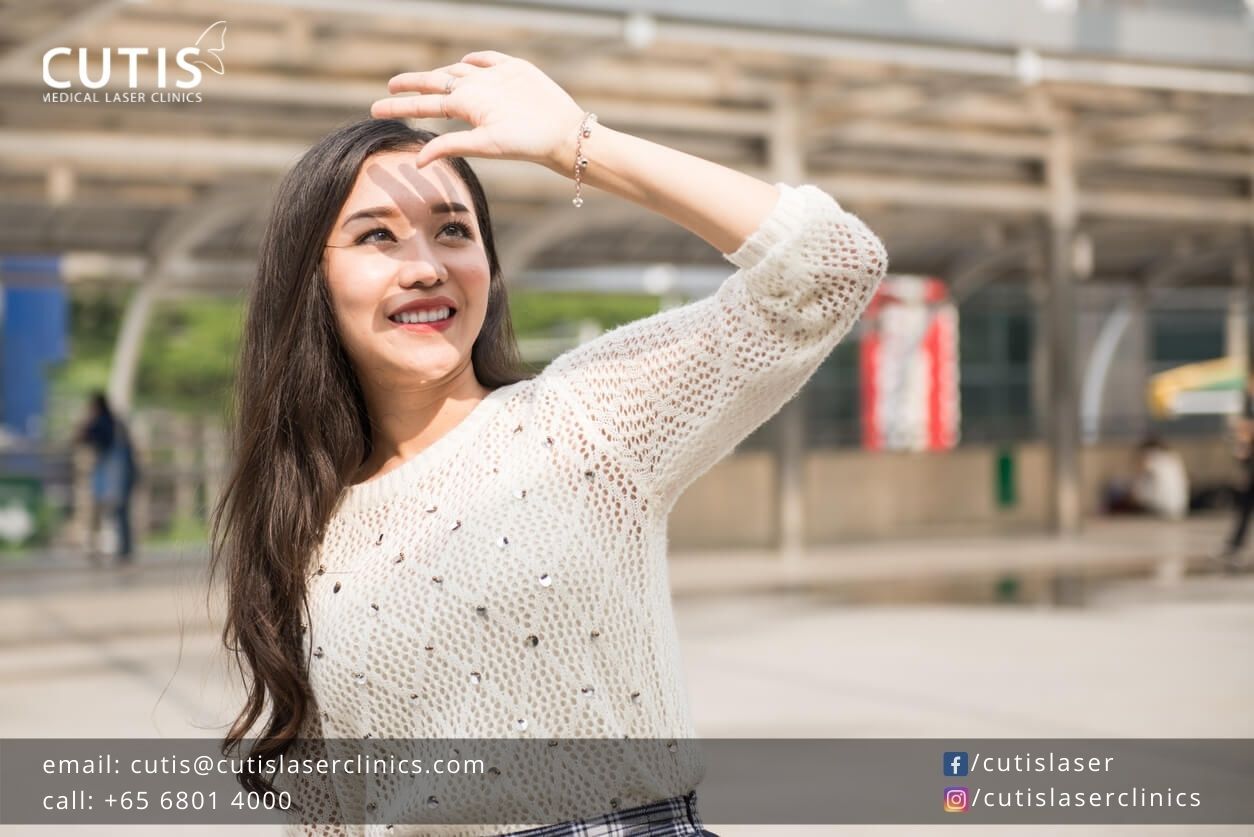When it comes to buying or using sunscreen, experts and dermatologists recommend using a broad-spectrum formula. But why? What does this term mean? How do broad-spectrum sunscreens differ from those without this label?

Continue reading to find out what broad spectrum is and why the sunscreen you’re using should have this label.
The types of UV rays
Before we explain what broad spectrum is, let’s learn some basics about UV rays. There are three different types of UV rays and each one affects or damages the skin differently.
- UVA rays – penetrate the middle layer of the skin and are associated with premature aging and certain types of skin cancers.
- UVB rays – penetrate the outermost layer of the skin and prolonged exposure can lead to burns or sunburns.
- UVC rays – don’t reach the earth’s surface and are commonly found in artificial sources like welding torches and mercury lamps.
UVA and UVB rays are the ones you should be concerned about. Overexposure to these types of sun rays damages the DNA of skin cells, trigger genetic mutations. These can result in premature aging and skin cancers. UVA and UVB rays can also damage the eyes, including cataracts and macular degeneration.
Broad spectrum defined
Since UVA and UVB rays contribute to skin damage, you need protection from these types of UV rays. A broad-spectrum formula protects you from both types. The term broad spectrum is used to describe a sunscreen that has been tested and shown to offer protection against UVA and UVB rays.
When you don’t use a broad-spectrum sunscreen, you become more vulnerable to skin damage. UVA rays, for instance, cause premature skin aging, especially age spots and wrinkling. UVB rays, on the other hand, have higher energy levels that can burn unprotected skin as quickly as 15 minutes.
What about SPF
Sun protection factor or SPF refers to the relative measure of how long the sun’s UV rays would take to burn or redden your skin versus the amount of time without the product. If you, for instance, apply sunscreen with SPF 30, it would take you 30 times longer to redden or burn than if you’re not wearing sunscreen.
Experts recommend using an SPF of at least 30. Higher SPF number doesn’t necessarily mean better protection, as the difference in protection levels is less significant. SPF 30 offers 97% UVB protection, SPF 50 provides 98%, while SPF 100 offers 99%. Sunscreens with SPF 30 to 50 provide adequate protection for most people.
What we recommend
If you’re looking for a sunscreen that is lightweight and fast absorbing, we recommend Dr. Sylvia’s Clear Defense SPF 45 with Broad Spectrum. This product features a blend of actives that protect the skin against UV radiation and premature aging. It also offers a high level of protection, while restoring skin’s youthfulness.
Here are the other benefits of Clear Defense SPF 45:
- Prevents UVA/UVB and infrared damage
- Features niacinamide for clearer complexion
- Improves the appearance of lines and wrinkles
- Reduces redness and hyperpigmentation
Don’t just rely on sunscreen for sun protection
Sunscreen is a must whenever you’re going out, but it isn’t the only way to protect your skin from the sun. There is also no sunscreen that offers 100% UVB protection. Here are a few tips for added sun protection:
- Wear wrap-around glasses that offer UV protection
- Apply a lip balm with an SPF or 30 or higher
- Wear tightly woven clothing or long-sleeved shirt, or pants
- Accessorize with a wide-brimmed hat
- Seek shade or limit exposure when UV rays are the strongest (from 10am to 4pm)
Looking for a broad-spectrum sunscreen or other skin care products that is right for you? Contact us today for product recommendations or browse through our website for more tips that can promote healthier and younger-looking skin.
- If you would like to be an informed patient, please contact us at +65-6801-4000 or
hello@cutislaserclinics.com. - Cutis Medical Laser Clinics, 9 Scotts Road Pacific Plaza, Scotts Medical Center #08-07, Singapore – 228210
+65-6801-4000 - hello@cutislaserclinics.com
